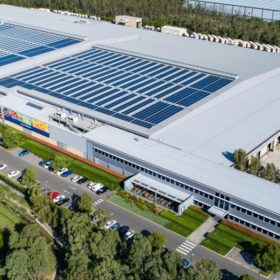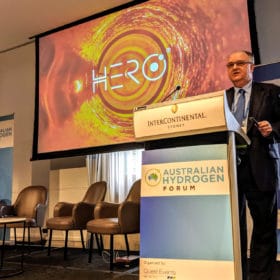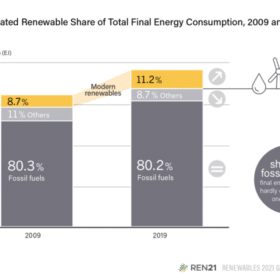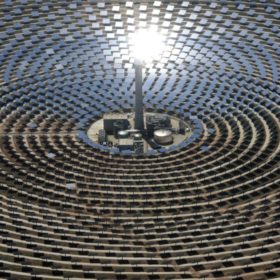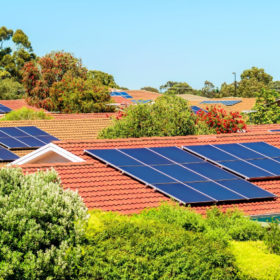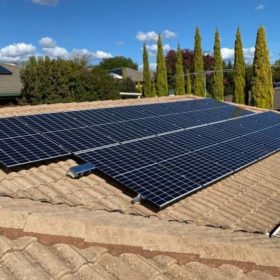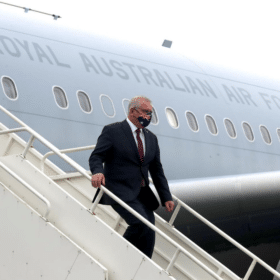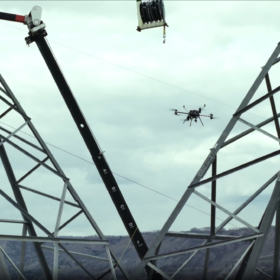Aldi takes first place in supermarket race to 100% renewables
Aldi Australia committed to reaching 100% renewable energy for its operations by the end of 2021, it’s done that with six months to spare. Achieved through an unprecedented commercial solar rollout, PPAs with two wind farms, and renewable energy certificates, the German discount supermarket beat out its competitors and is now preventing 274,000 tonnes of CO2 emissions annually.
Out-of-the-box Australian selected to be one of eight in World Hydrogen Advisory Board
Andrew Horvath, Global Chairman of hydrogen technology company Star Scientific, has been selected by the global Sustainable Energy Council to be one of the eight leaders on its World Hydrogen Advisory Board. “I’m the only Aussie!” Horvath told pv magazine Australia.
Solar panels installed across 59 bus and train stations in Perth
Over 1000 kW of solar capacity is being installed atop 59 Western Australian train and bus stations, with work already completed at a number of the sites.
‘Bitter reality’ revealed in global renewables report
REN21 today published its Renewables 2021 Global Status Report, finding the share of fossil fuels in the global energy mix remains virtually unchanged from a decade ago, even as renewables are installed at record pace.
ARENA launches $43 million program for industrial abatement studies as concern around mandate change grows
The Australian Renewable Energy Agency (ARENA) today announced the launch of its $43 million program aimed at identifying how to reduce emissions in industry. The program’s launch comes amid concern about proposed changes to ARENA’s funding mandate as the Commonwealth Government seeks to expand definitions to include funding for controversial technologies and fossil fuel projects.
Victorian developers commit $5.8 million in first sale of Australian company’s modular hydrogen production units
Sydney-headquartered Patriot Hydrogen has secured the first sale of its modular hydrogen production ‘P2H’ units. It is set to deliver Port Anthony Renewables Limited two of the modules by the end of the year.
Australian financiers invest $141 million in concentrated solar power (CSP) plants in Spain
Australian financial group Macquarie Asset Management on Monday announced a €90 million (AU$141.5 million) debt investment in a portfolio of concentrated solar power (CSP) plants in southern Spain.
Thrashing out public and industry submissions to the AEMC rule change
Have you heard about the proposed “solar tax”? Haha! But seriously, there’s more to it than meets the eye. A multitude of perspectives and considerations are brought to light in the submissions made to the AEMC. We take a shallow dive … and recommend total immersion.
A DNSP perspective on the contentious AEMC rule change and the spectre of a ‘solar tax’
There’s nothing simple about the Australian electricity system in transition. The constantly shifting landscape requires continuous regulatory adjustment to old coal-fired settings. That, too is fraught. One network services provider gives their perspective on the rule change currently under consideration.
Morrison blowing in the wind, sheltering in hydrogen ambitions at the G7 Summit in Cornwall
Alliances with Germany and Japan to develop and commercialise emissions-reducing technologies would be a coup for Australia, if there were any concerted efforts at home to reduce emissions in line with international initiatives, and transition Australian industries to be competitive in a carbon-pricing world.
